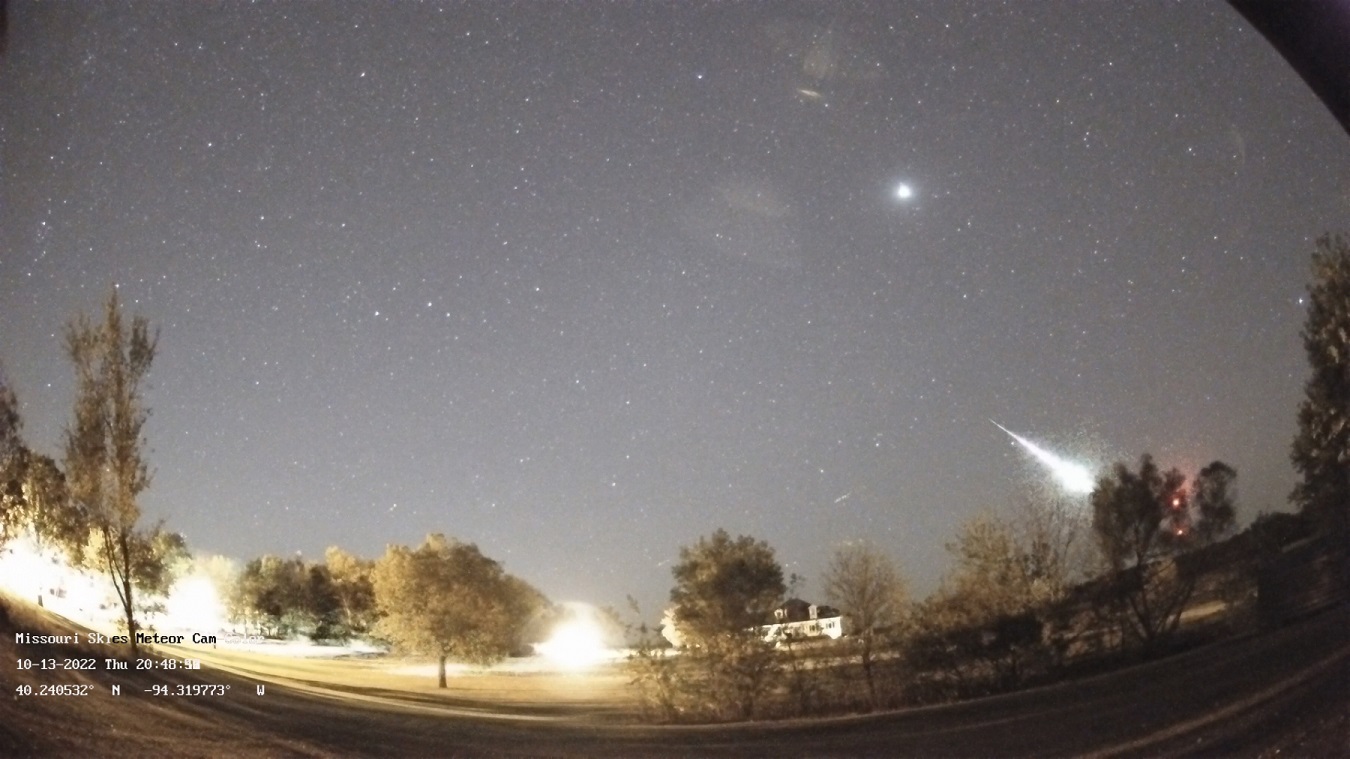
Meteor Activity Outlook for April 29 – May 5, 2023
Daniel Bush captured this bright fireball on October 13, 2022, at 20:49 CDT (01:49 UT on Oct. 14 ) as…

Daniel Bush captured this bright fireball on October 13, 2022, at 20:49 CDT (01:49 UT on Oct. 14 ) as…
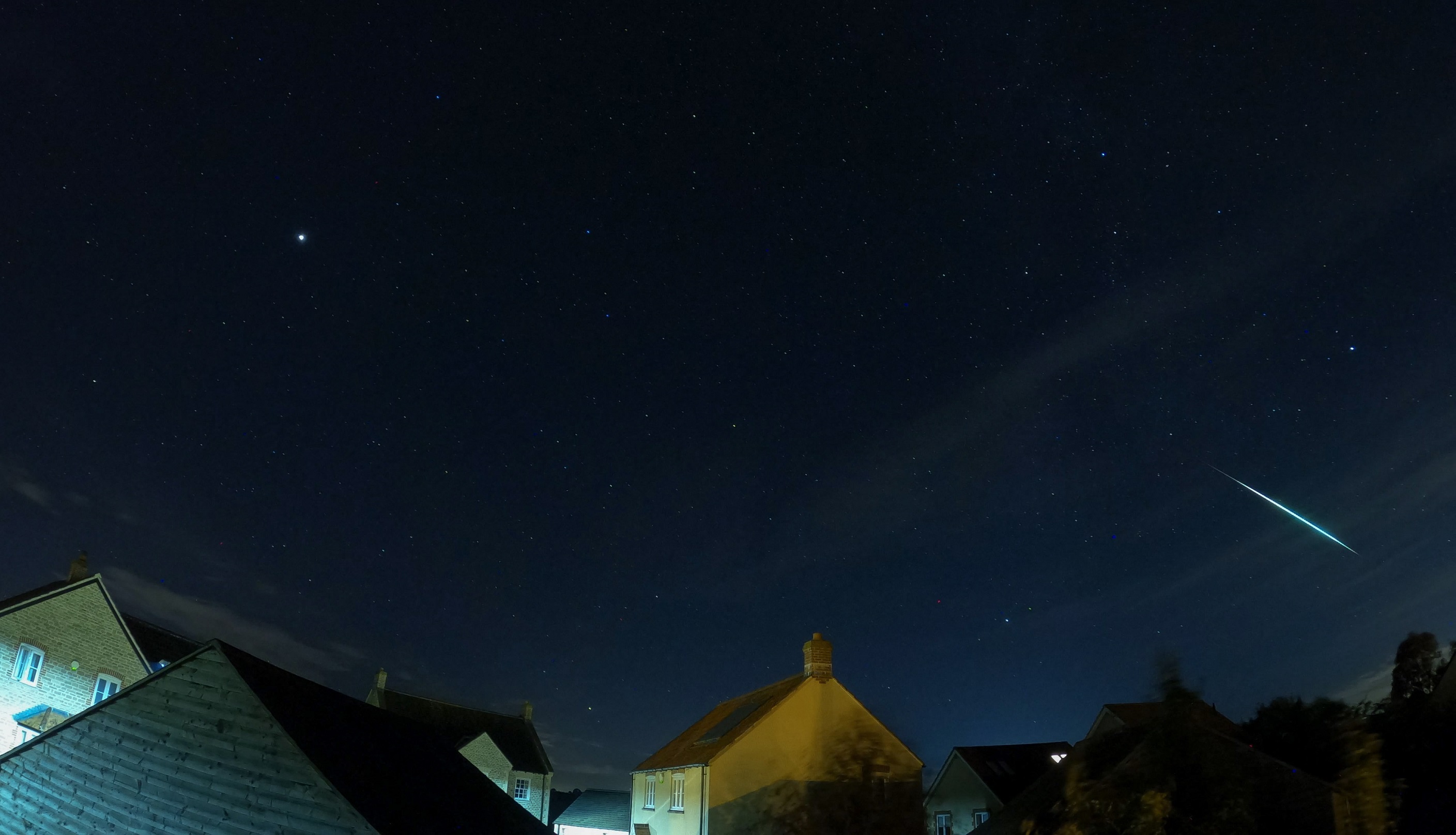
Paul Maggs captured this bright fireball using his GoPro camera on September 23, 2022, at 02:00 BST (01:00 UT )…
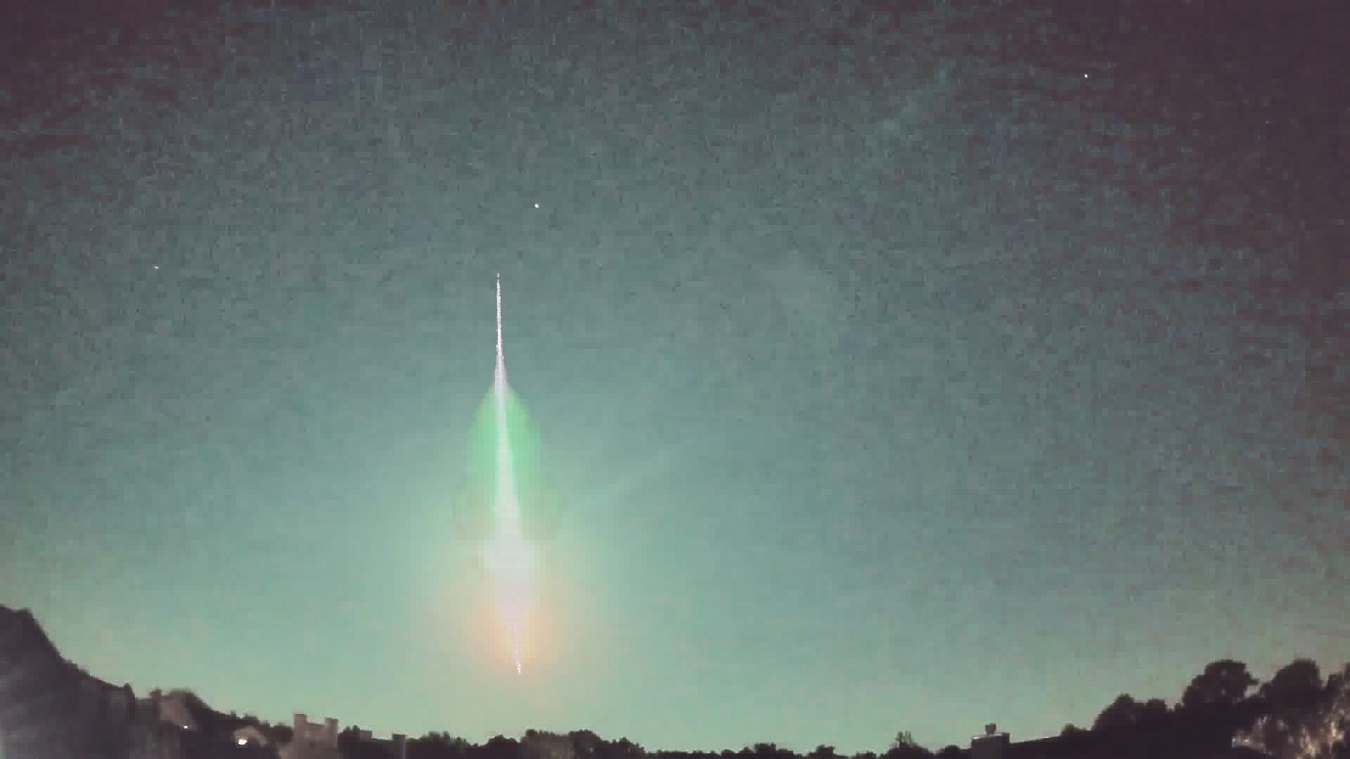
Ed Albin captured this incredibly bright fireball using his AllSky7 camera meteor video system on September 26, 2022, at 00:04…

The Lyrids are particles shed from comet 1861 G1 Thatcher, which last passed through the inner solar system in 1861. Don’t expect this comet to return anytime soon as its orbit has been calculated to be near 415 years!
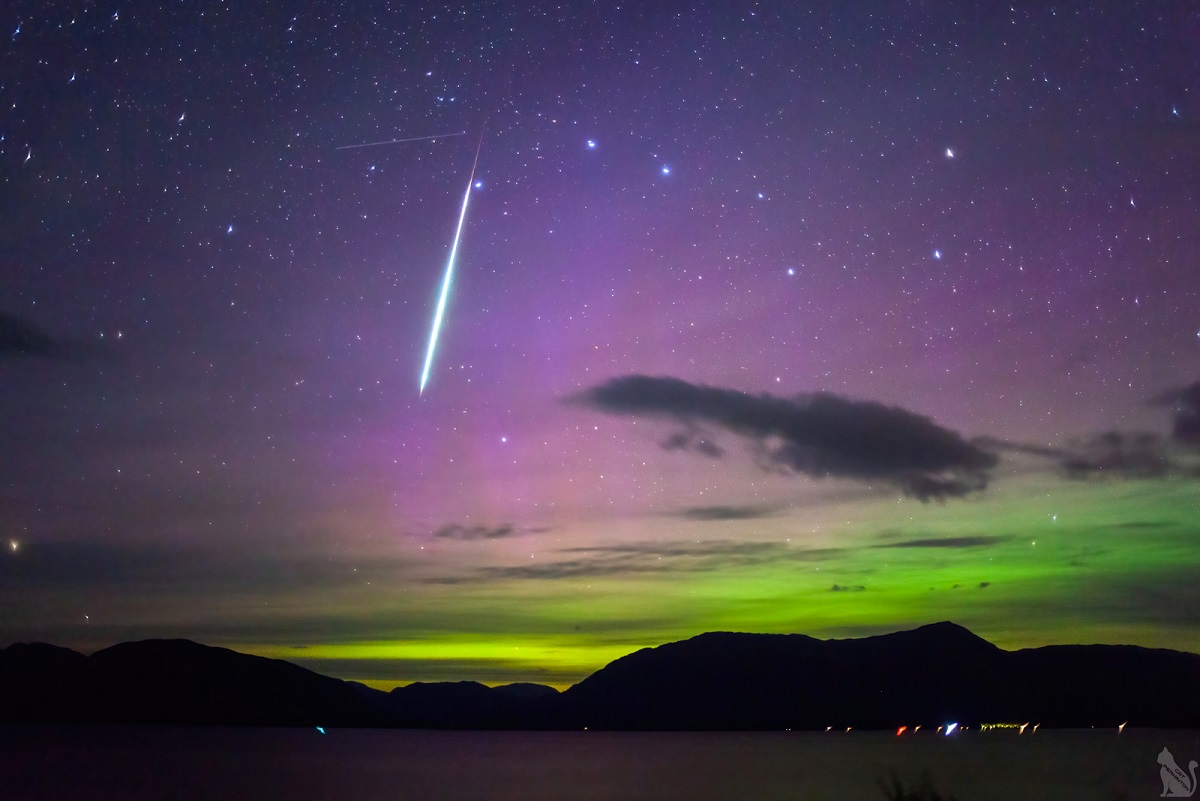
Catherine Perkinton was out photographing a colorful aurora display when this brilliant fireball shot through the field of view of the…
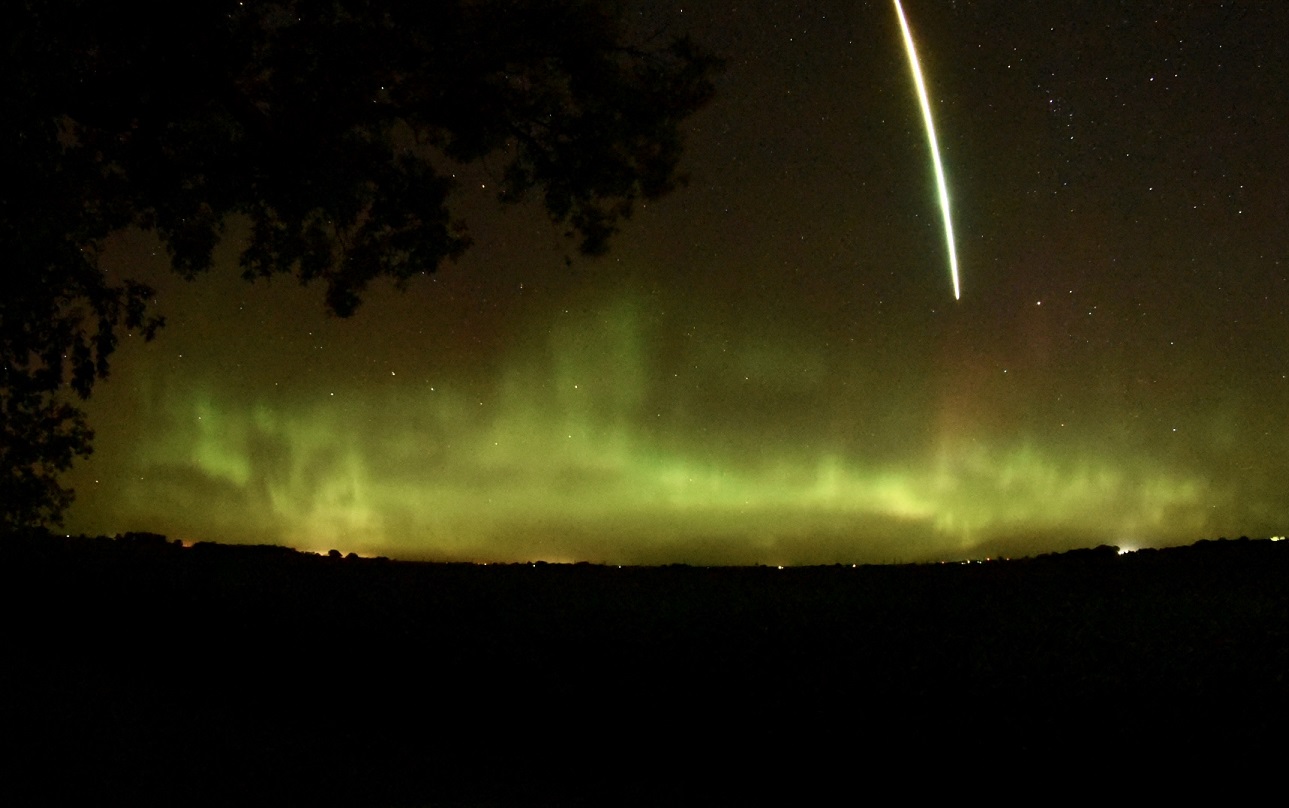
Stacey Balzum was out photographing an intense aurora display when this brilliant fireball shot through the field of view of…

Bart Benjamin captured this bright fireball just above his house on August 2, 2022, at 22:34 CDT (3:34 UT on…
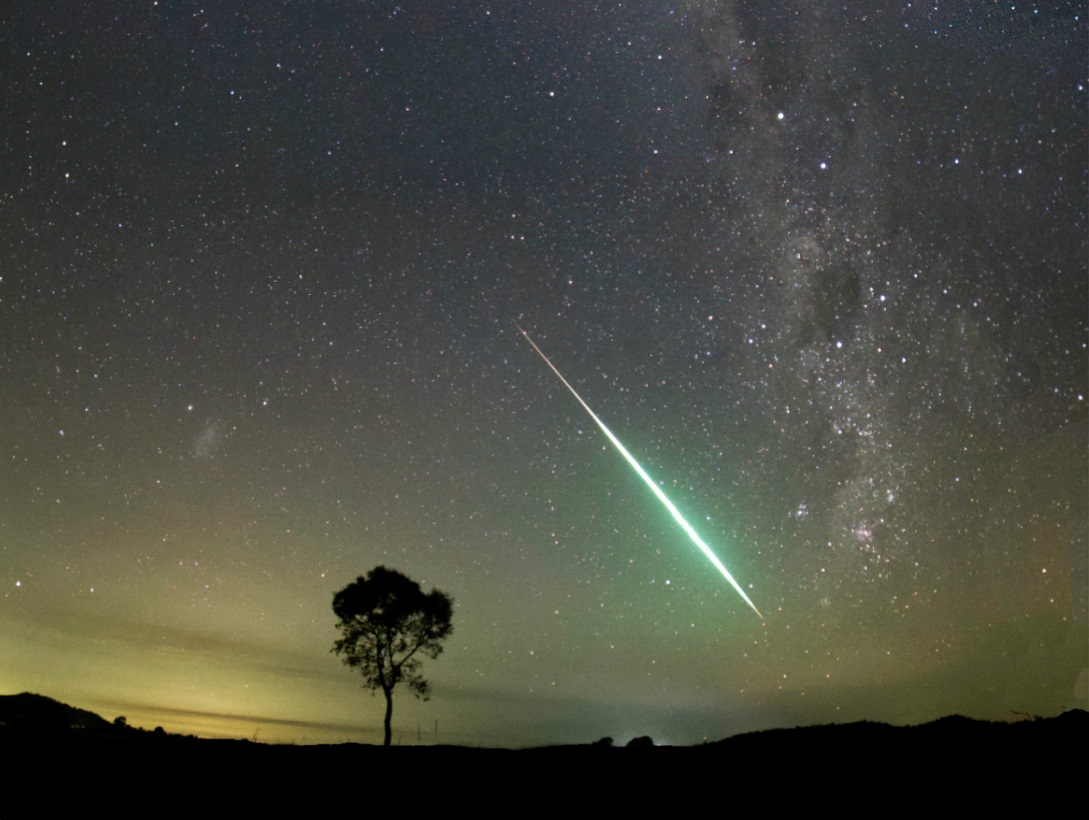
Julie Fearnley was photographing the southern sky from Kandanga, Queensland, Australia on August 20, 2022, at 19:45 AEST (9:45 UT) when…
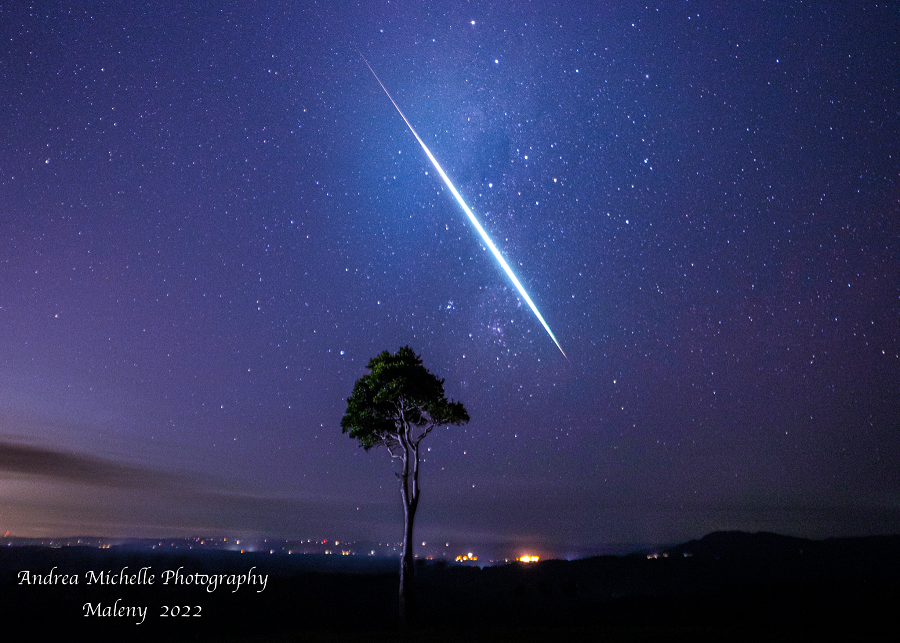
Andrea Lago was photographing the southern sky from Maleny, Queensland, Australia on August 20, 2022, at 19:53 AEST (9:53 UT) when…
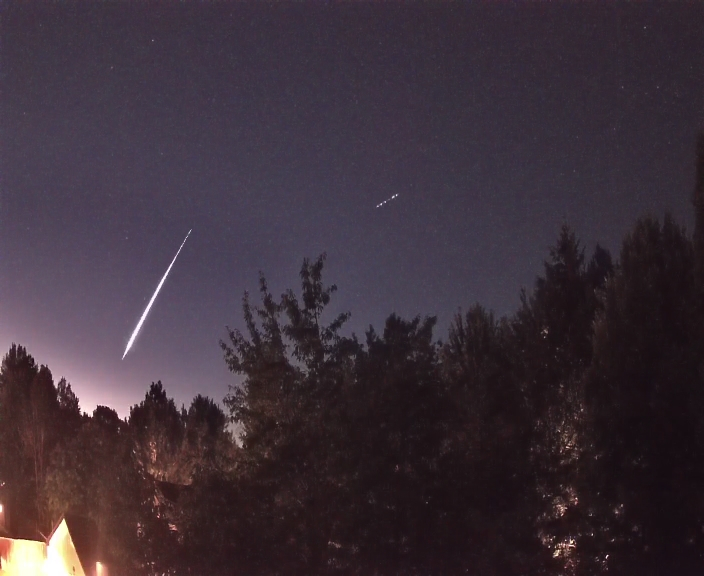
Jordan Ragsdale captured this bright fireball using his AllSky Camera System on August 12, 2022, at 22:03 MDT (4:03 UT…
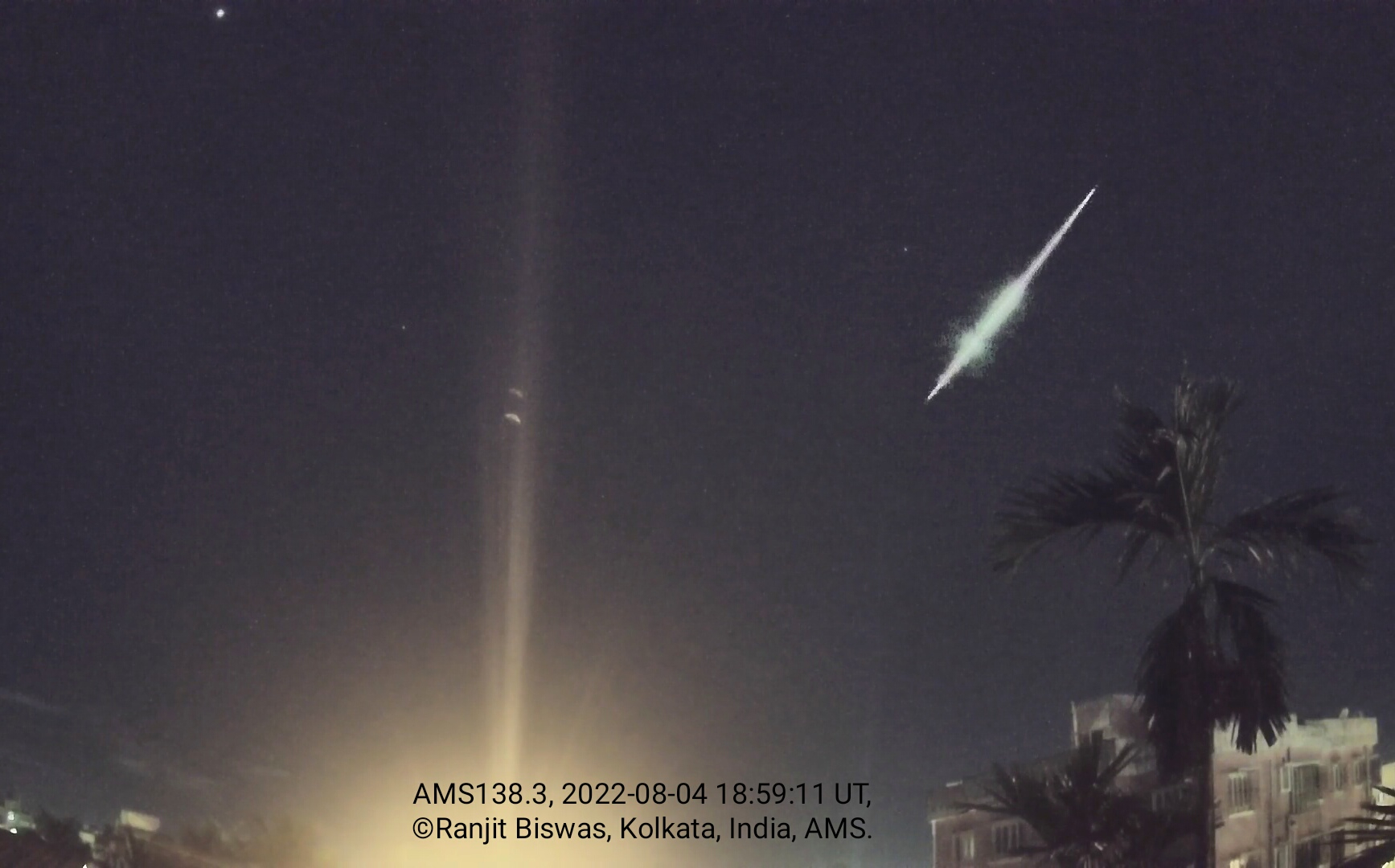
Ranjit Biswas captured this double bursting fireball on August 4, 2022 at 18:59:11 UT (00:30 IST on August 5) from…
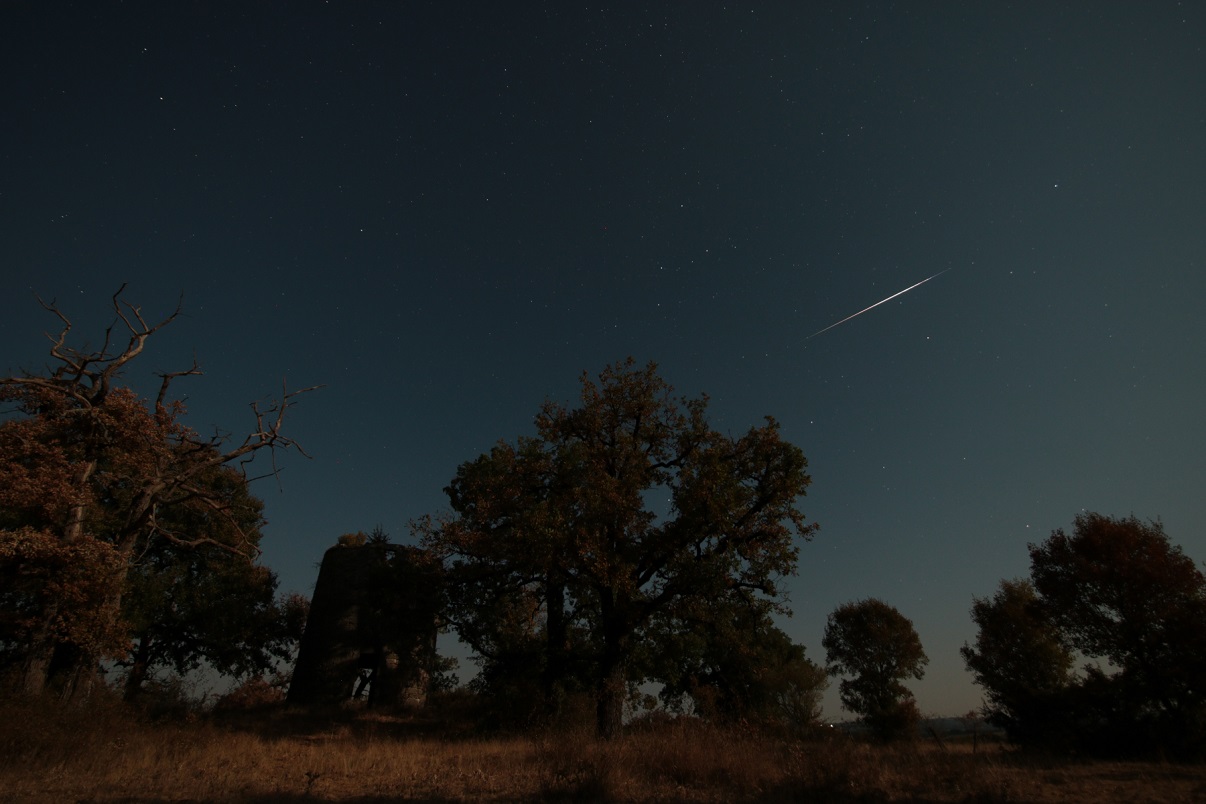
Marie Helene Cousin captured this Perseid fireball at 0:33 CEST on August 13, 2022 (22:33 UT on August 12), from…

Aaron Morris captured this bursting sporadic fireball at 01:56 UT on August 1, 2022 (21:56 EDT July 31), from Griffin,…

This composite photograph was created from the 2020 Geminid shower by Peter Slansky. We hope that the meteor showers of…

Eileen Burdick captured this colorful fireball at 05:20 UT on August 1, 2022 (22:20 PDT July 31), from Beaver, Washington, USA.…
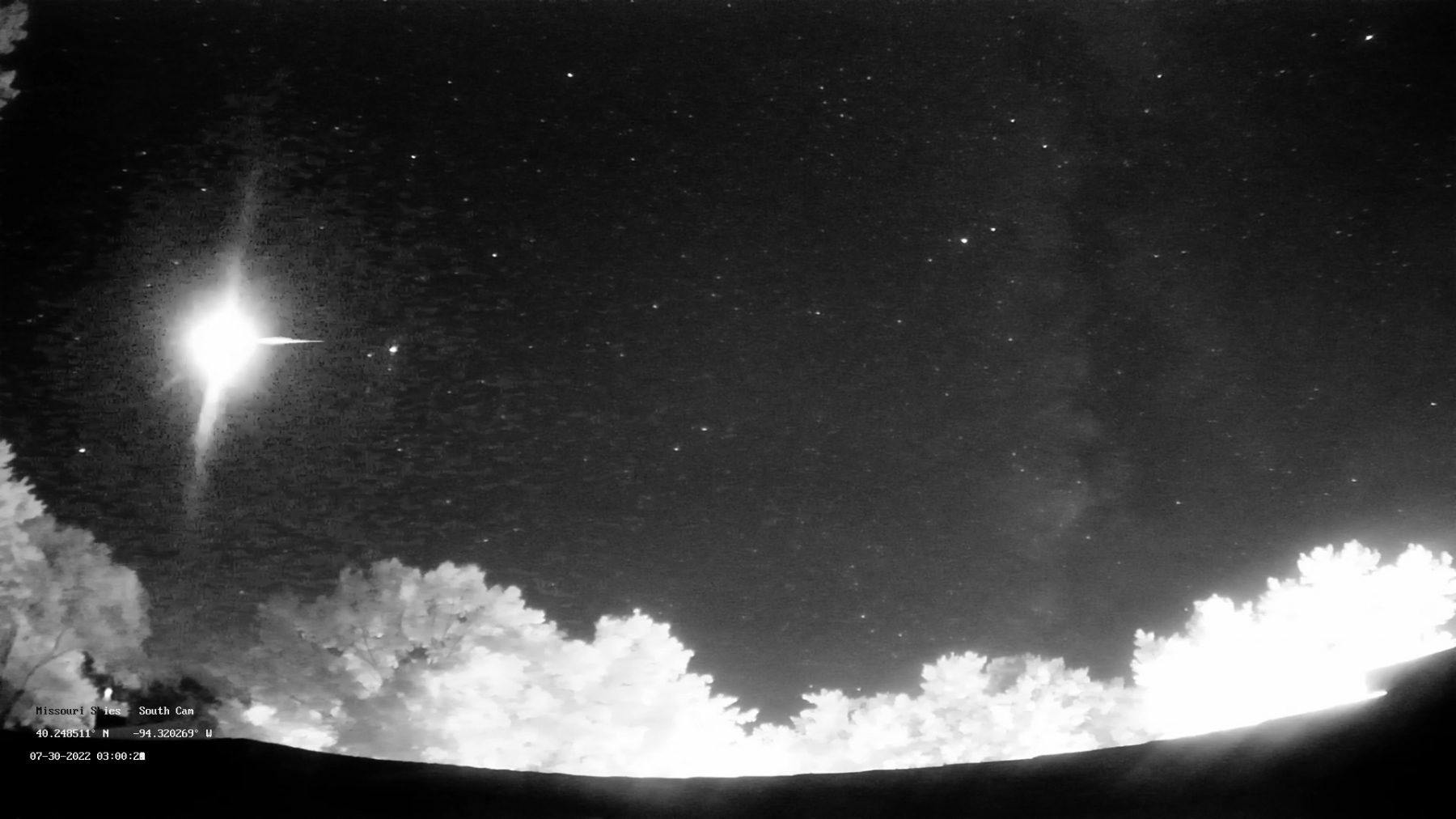
Daniel Bush captured this short fireball at 08:01 UT on July 30, 2022 (3:01 CDT), from Albany, Missouri, USA. The…
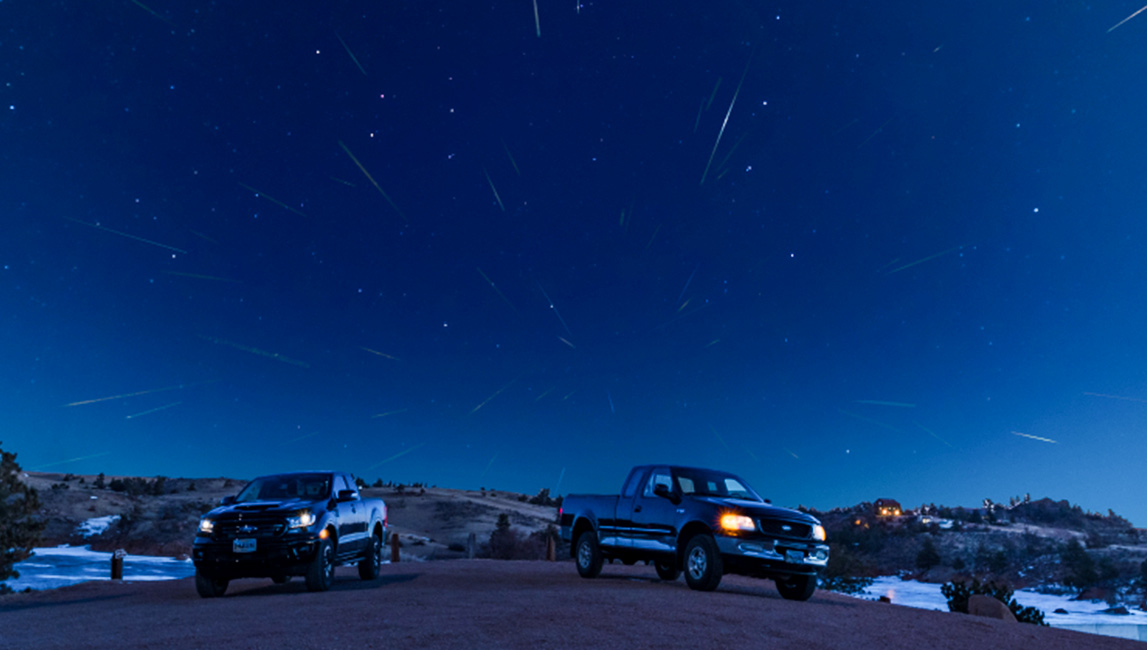
The Quadrantids can be one of the strongest displays of the year, yet they are difficult to observe. The main factor is that the display of strong activity only has a duration of about 6 hours. The reason the peak is so short is due to the shower’s thin stream of particles and the fact that the Earth crosses the stream at a perpendicular angle.

Nicolas Rossetto captured this colorful fireball at 00:20 UT on July 31, 2022 (2:20 CEST), from Saint-Thiébaud, Bourgogne-Franche-Comté, France. This…
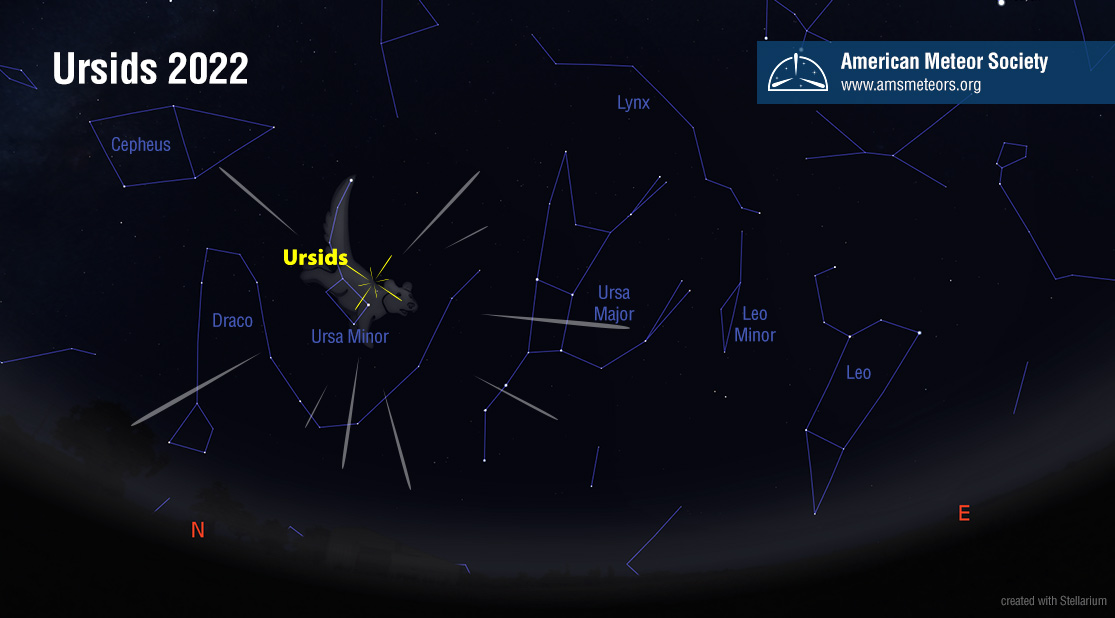
The Ursids are active from December 13-24 with a sharp maximum on December 22nd.

During this period, the moon reaches its new phase on Friday December 23rd. At that time the moon will lie near the sun and will be invisible at night. This weekend the waning crescent moon will rise during the early morning hours but should not interfere with meteor observing as long as you keep it out of your field of view.

During this period, the moon reaches its last quarter phase on Friday December 16th. At that time the moon will lie 90 degrees west of the sun and will rise near midnight local standard time (LST). This weekend the waning gibbous moon will rise during the late evening hours, allowing a short window of opportunity to view under dark sky conditions between moonrise and dusk.